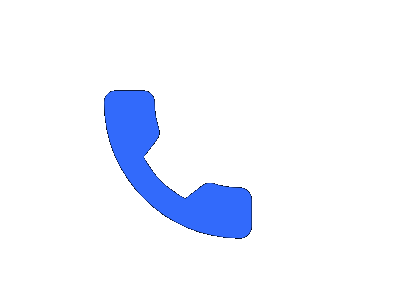NFTs (non-fungible tokens) made headlines recently when a digital image collage by artist Beeple sold for $69 million. Depending on your taste in art, you may find Beeple’s artwork captivating or repulsive. You can “purchase” a duplicate of first-class artwork and violate copyright laws in the process.
NFTs are unique items that can solve copyright problems.
Almost everyone knows why the famous “Mona Lisa” is worth about a billion dollars, because it is unique and a rare object. An exact digital copy of the art is cheaper than bronze.
The Mona Lisa is priceless because it is both unique and a scarce commodity. Pebbles are also unique, but high-value artwork can attract a large audience around the world, driving up their prices.
On the other hand, digital art can be reproduced any number of times. It is not possible to distinguish the original from its copies. This reproducibility of digital art is an obstacle for artists, musicians, and other creators to showcase their skills and works, for collectors who want to acquire originals, and for investors who want to create a reliable digital marketplace.
NFTs can be used to associate high-value artworks by making them unique and economically valuable. They allow artists to sell ownership of artworks that can be easily reproduced. NFTs have paved the way for the digitization of high-value artworks such as the Mona Lisa while protecting copyright claims.
What does fungible and non-fungible mean?
Fungible assets can be exchanged for others of the same type. For example, Bitcoin is fungible
But non-fungible assets cannot be exchanged like fungible assets. Think of it as a simple non-fungible asset that’s unique and has different values.
Non-fungible Token (NFT):
An NFT can be described as a set of data with a unique identifier and proof of ownership that cannot be copied or modified. Each NFT token is unique and cannot be exchanged for another token like fungible assets, but NFTs can be bought or sold online.
Unique property of NFT:
The following property is the main reason for the popularity of NFTs in the digital community:
Digital Ownership:
Ownership of digital assets, such as artwork, can be certified with NFT. A collector can buy an NFT linked to a specific artwork and recorded in the blockchain, making it unique and preventing duplication.
NFT can be used to create a market for buying and selling digital goods. Collectors can support their favorite artists by buying NFTs linked to their artworks. They can also buy NFTs as an investment. Even popular memes can be tokenized and sold as NFTs. Meme stars like Ermagherd Girl (Maggie Goldenberger) and Scumbag Steve (Blake Boston) have created this new trend by creating and auctioning meme-based NFTs.
How do NFTs work?
If you are familiar with cryptocurrencies, you may have understood our description of NFTs. They both use blockchain technology and have similar features in some respects.
Blockchain – A digital ledger that records transactions as a series of blocks. Each block is linked to previous blocks with a cryptographic hash, creating an ever-growing list of cryptographically linked records. Blockchains are distributed across computers around the world and are cryptographically linked, making it impossible to change the information contained in the data. This makes them a viable and preferred solution for storing transactions without a central authority.
Originally developed to support fungible assets, the blockchain, particularly the Ethereum blockchain, now supports tokens that contain data about digital assets.
What are NFTs used for?
Apart from tokenizing digital art and memes, NFTs can be used in the gaming sector to convert rare items such as unique cars, weapons, etc. into NFTs.
Also, musician Grimes sold his video for $388,000 and Twitter CEO Jack Dorsey sold his first tweet as an NFT for nearly $3 million.
How can you get into NFTs as a creator?
First, find out how to create an NFT and link it to a digital asset
As an NFT token development company, we are thrilled to see the growing interest and adoption of Non-Fungible Tokens (NFTs). Then, choose a blockchain like Ethereum to store your NFT, and create an Ethereum wallet on an exchange platform like Coinbase
Finally, connect your wallet to an Ethereum marketplace like OpenSea or Rarible and export the asset. You can sell NFTs directly to collectors, but most NFTs are sold through auctions.
NFTs are an interesting evolution of blockchain and digital markets. NFTs help artists, writers, videographers, and musicians who are struggling to monetize their work by creating a sustainable platform to showcase their skills

 Speak to expert
Speak to expert